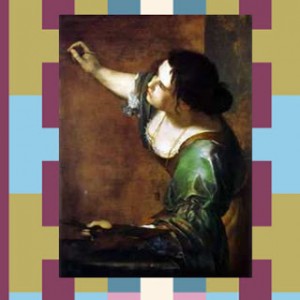
Artemisia Gentileschi — Inspirational Survivor and Painter
When I read The Passion of Artemisia, Susan Vreeland’s fictionalised account of Italian Baroque painter Artemisia Gentileschi, I found a true-life heroine.
Artemisia worked in a man’s world, where women were considered unable to tackle complex subject matter. Her father, Orazio Gentileschi, taught her to mix pigments and to paint. At just 17, she completed her first master work, Susannah and the Elders (1610). Contrary to other depictions of Susannah as a seductive figure, Artemisia’s is visibly distraught at the elders leering at her.
Two years later, Artemisia herself became a victim of rape by her father’s colleague, Agostino Tassi. During the trial, Artemisia endured a public examination and was tortured to ascertain the truth of her accusation. She came through the trial with admirable strength and her Judith Slaying Holofernes (1614-20) shows a defiant woman beheading the man who has violated her country and her body.
Artemisia’s depictions of strong female protagonists earned her patronage all over Italy and England and the first female painter to become a member of the Accademia delle Arti del Disegno in Florence. Sadly, most of her works have been misattributed or overlooked entirely by a male-dominated art history. In recent years, however, she has come to be recognised as one of the finest artists who followed after Caravaggio. Her story inspired me to pursue studies in art history and taught me that a woman can overcome anything if she has the will to succeed.
-Vhari Finch
